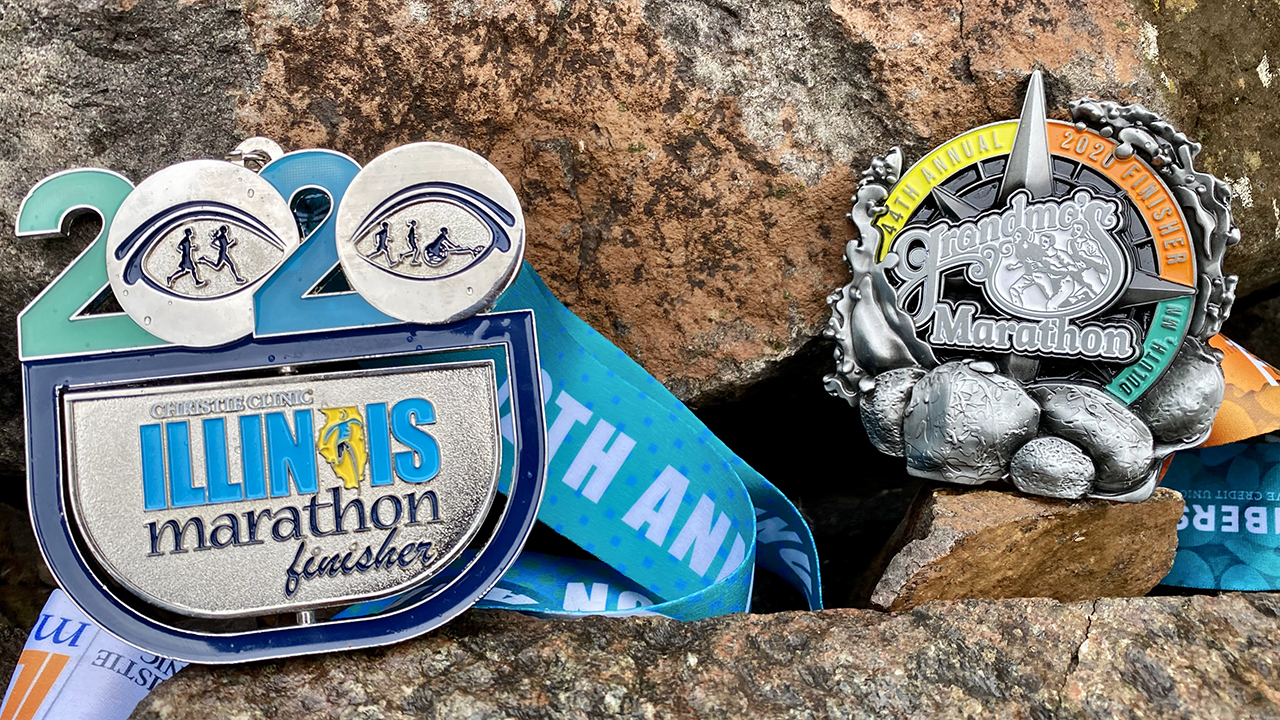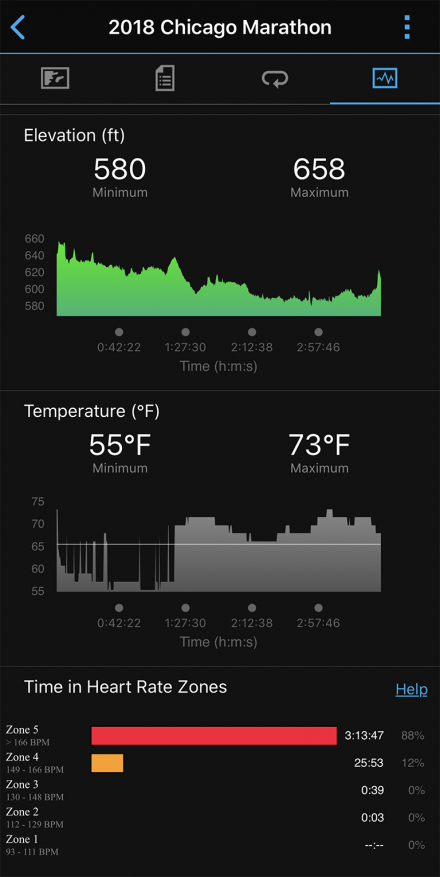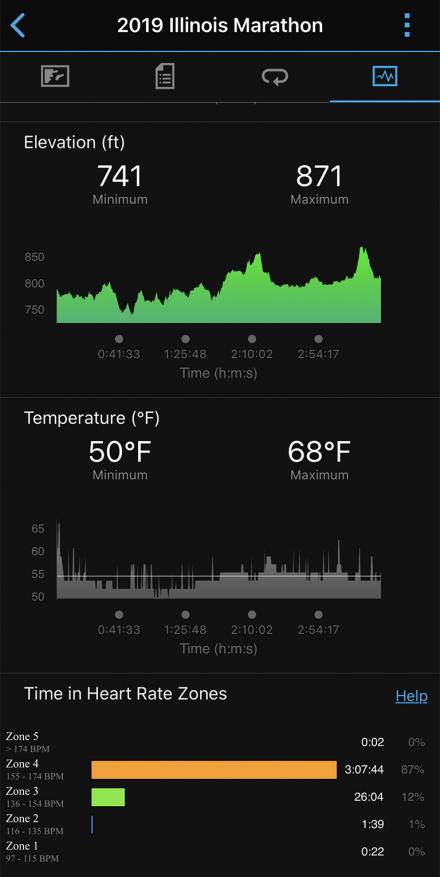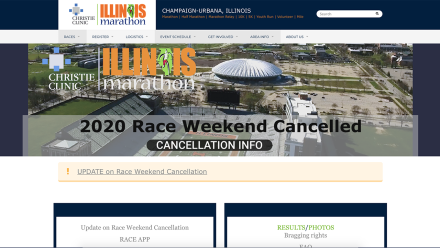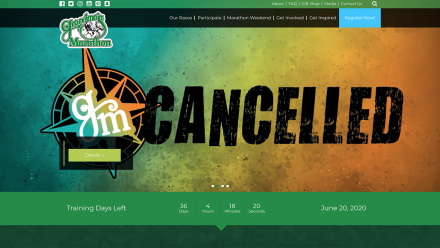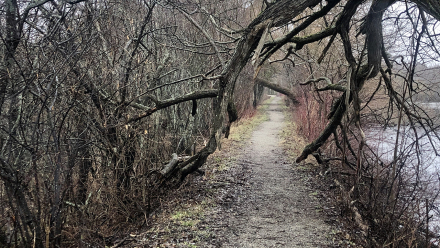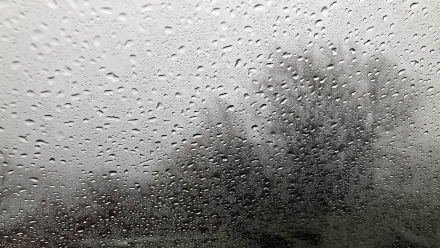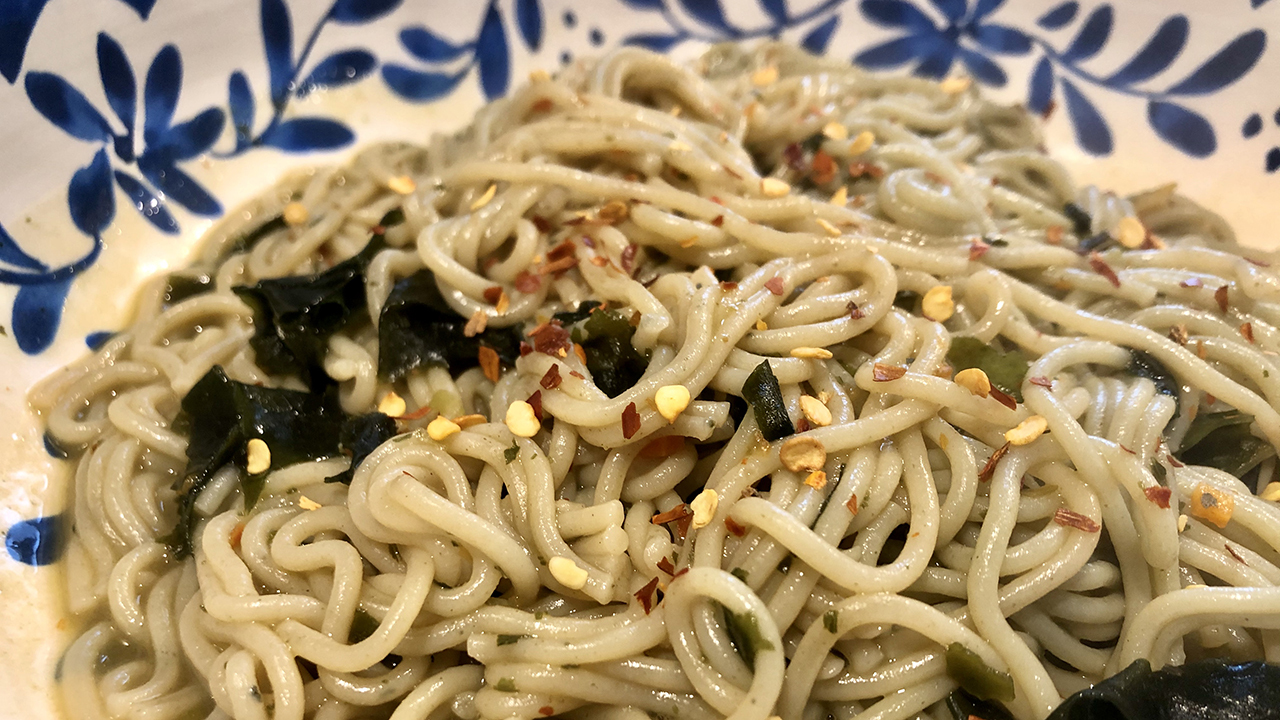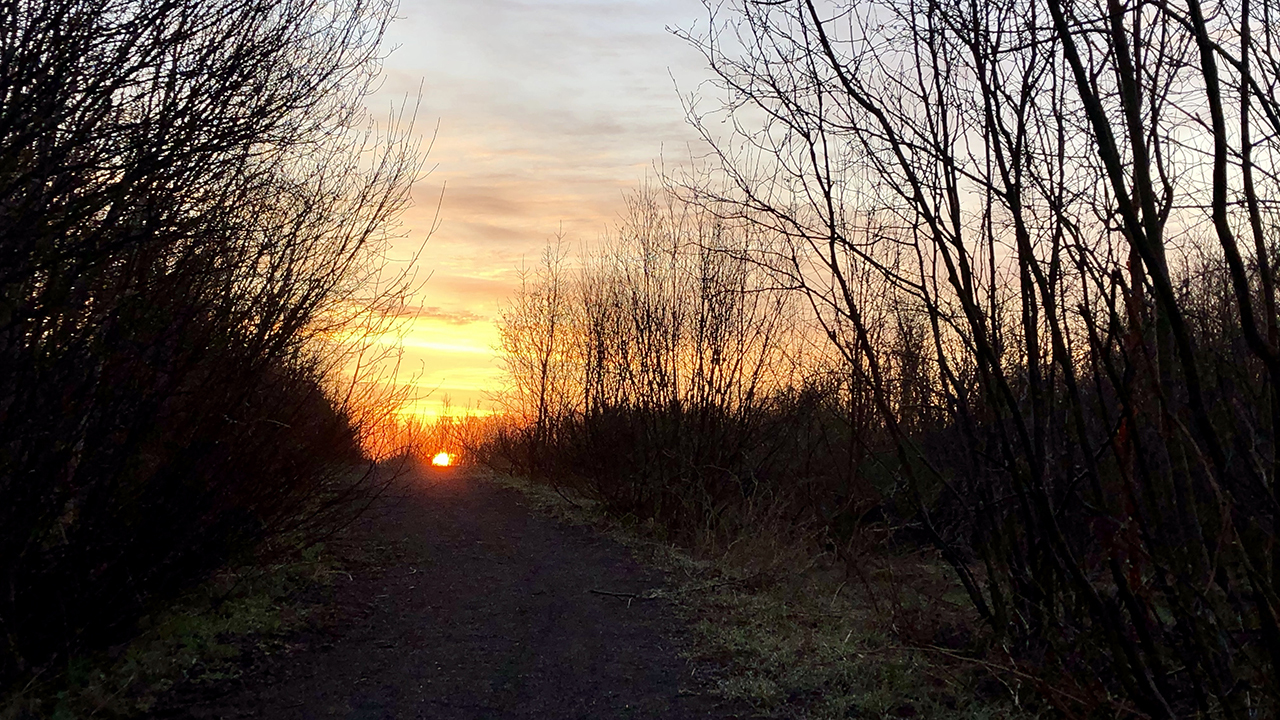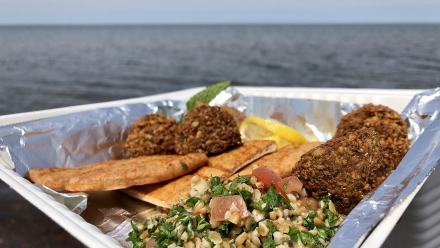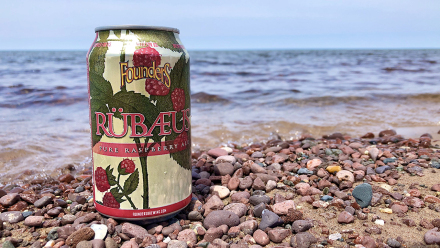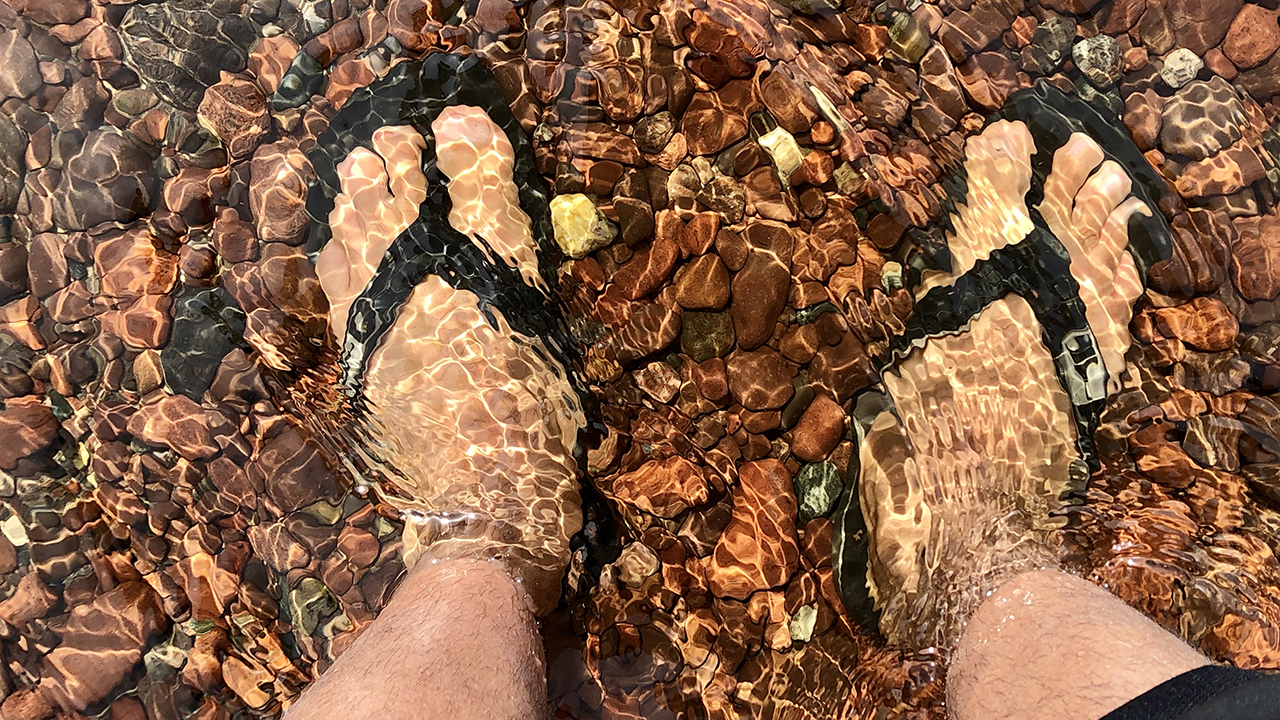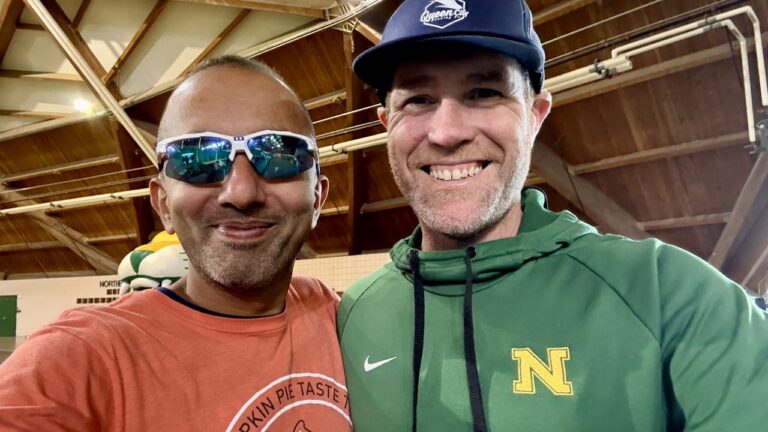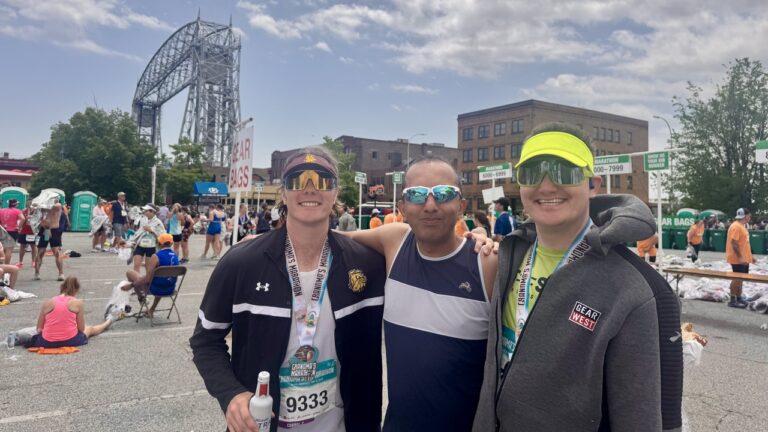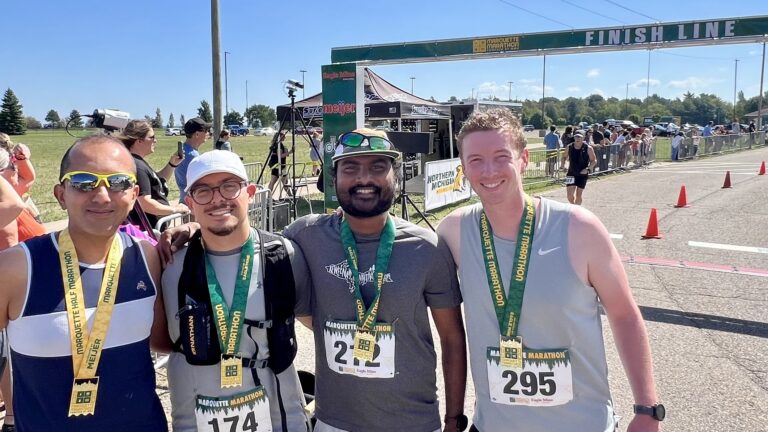If not for the ongoing global pandemic, COVID-19, the Illinois Marathon would have happened on 25th April 2020 and the Grandma’s Marathon would be happening on 20th June 2020. Organizers of the Grandma’s Marathon had sent out the cancellation notice at the end of March. In mid-March, organizers of the Illinois Marathon had only postponed the event to later parts of 2020. But the uncertainties being what they are, they too decided to cancel the 2020 edition. In the grander scheme of things, I believe cancellation aligns well with the greatest good for the greatest number for the longest possible time philosophy, and I sure hope that I get to meet my friends I was supposed to meet at these events again and again. Both events offered a deferment to or registration discount towards a subsequent edition as well as virtual run option. Having had a sneak peak at behind-the-scenes actions in my community’s events, it was an easy decision to go with the virtual run option.
Lessons from the previous race and training cycles
2019 New York City Marathon, thanks to family of friends and kind fairies at TeamULTRA, was a very memorable experience. I was at 2:40 mark with the final 10 km to go and I felt like a finish in the neighborhood of 3:28 was a possible reality. But cramps in the hamstring area over the final few miles had played a bit of spoilsport and I ended up finishing 3:38:18. Plans for a Spring marathon were underway and a rough sketch of the 20-week training plan – thanks to Laura, Ray and Stephen – was in place by 3rd week of October. Thanks to Uncle Sam and the personal familiarity with the course, choosing the Illinois Marathon as the target race and signing up was a rather simple and straightforward task.
Looking back, the first of the two training cycles in 2019 calendar year started on 7th January. Contained within the 4-week pre-training and 18-week training period were a handful of nordic ski events (SISU Ski Fest in Ironwood, MI; Vasaloppet and Northwood Classic in Mora, MN, and Cable, WI, respectively; American Birkebeiner Kortelopet in Cable/Hayward, WI; Great Bear Chase in Calumet, MI) and two road marathons (Illinois Marathon in Urbana-Champaign, IL; Journeys Marathon in Eagle River, WI – to become familiar with a flat-ish course and a small race) to prepare for the target race, Whitefish Point Marathon in Paradise, MI. When the target race didn’t unfold as I had planned, I had taken another shot two weeks later in Grandma’s Marathon in Duluth, MN.
After a one week break, I had started the next cycle. Contained within this 4-week pre-training and 14-week training were one 10k (Popeye Run in the Keweenaw Peninsula), one trail running festival (Run The Keweenaw in Eagle Harbor/Copper Harbor, MI), couple 5k (Thatcher Markham Memorial in Houghton, MI; Queen City Trick or Trot in Marquette, MI), handful of half marathons (Canal Run in Hancock, MI; Paavo Nurmi in Hurley, WI; Marquette in Marquette, MI; Bridges and Bluffs in Ironwood, MI) and three marathon attempts (Last Chance BQ in Grand Rapids, MI; Last Chance BQ in Geneva, IL; WhistleStop Marathon in Ashland, WI – the first two were DNFs, the only such of my athletic life) to prepare for the target race, New York City Marathon in New York, NY.
Between the two cycles, I attempted 8 (yeah, eight) marathons and completed 75% of them. In hindsight, the attempts in the second cycle – especially the two DNFs on back to back weekends – impacted the quality and consistency of training. The mini taper, travel, race intensity and recovery associated with those two events put a monkey wrench in the schedule. The insufficient number of progression or race pace portions in LSD runs ensured my half marathon time (1:32) wasn’t a good predictor of full marathon times (~3:15) via the well-known semi-empirical relationship.
It wasn’t all bad/negative news, however. The two DNFs taught me valuable lessons as to which pacing/racing strategies don’t work for me and the risk associated with frequent racing … especially at the marathon distance. In spite of the reduced volume around those two DNF weeks, I ran nearly 1100 miles in six months leading up to the New York City Marathon. I had realized the value of keeping track of easy and hard miles (subjective, I know) and the time spent in various HR zones for each run. Programmatically speaking, I had learned to display them as a pie chart (for the entire training cycle) and stacked bar chart (on a week by week basis) for easier analysis.
When I looked at the metrics beyond the usual finish time and pace, there was much to be happy about. 2018 Chicago, 2019 Illinois and 2019 New York City marathons were spread about 6 months apart, and ignoring their elevation profiles for the sake of simplicity, they had comparable finish times – 3:40, 3:35 and 3:38 respectively. Maybe the HR zones were incorrectly configured/calibrated OR maybe it was a testimonial to mostly consistent year-round training OR maybe I just looked at what I want to see, there was a noticeable shift in the definition of HR zones and time I spent in them.
Training for the Illinois Marathon
The first step was to take two weeks completely off immediately following the New York City Marathon to decompress and maybe even detrain (thanks, Tim, for this info!). The break was particularly useful to check my discipline on two fronts:
- Can I actually take a break from all activities (structured and unstructured)?
- Can I make sure that the break doesn’t last longer than intended?
Not really sure how I should have felt during this break but I didn’t miss any activity and I ate when I felt like it. I didn’t have any regrets about any of them either. Making some progress towards some self-care projects, preparing for the annual SC Conference in Denver, CO, etc. kept me relatively occupied during that time.
The second step was to engage in unstructured activities (unstructured in distance and time but effort level easy) for the next three weeks to get myself into the groove. It started in Denver, CO – the venue for the annual SC Conference (my academic/professional family reunion). Good ole friends (Justin) as well as new ones from the Boston Buddies Run Club (Julie) and TeamULTRA (Jenny, Dan, Maggie and the Runners Roost Boulder Run Club) in Denver/Boulder area were more than kind enough to take me on runs with them. I ran a few more times on my own as and when the conference schedule permitted, and I ate plenty of good food too, often with lovely friends (Abby, Becky, Ben, Clare, Jenny, Katelyn, Kaitlyn and Kris, and Matt). Though the plan was to engage mostly in strength and flexibility routine once SC was done, it took almost all of the remaining unstructured period to regain the energy.
Finer details of critical workouts over the training cycle were set after electronic/in-person discussions with Laura, Ray, Ryan and Stephen. Specific tasks to achieve as part of the training cycle were to
- hydrate, nourish and rest well, and stay injury-free
- improve running form, cadence, breathing, etc.
- limit racing to two events – the American Birkebeiner and the Great Bear Chase
- take stock of fatigue, fitness, etc. on a regular basis
- revise the schedule as necessary
|
Notation:
Easy (E) |
Medium (M) |
Long (L) |
Race (R) |
Speed (S) |
Tempo (T)
Distance in miles and time in h:mm:ss. Entries in the final column represent the average miles after a given number of weeks in the training cycle. |
||||||||||
| Wk |
Mon |
Tue |
Wed |
Thu |
Fri |
Sat |
Sun |
Week | Cycle | Avg |
| 01 |
12/09 E 4.00 4.22 0:43:18 |
12/10 E 4.00 4.76 1:29:14 |
12/11 E 4.00 9.19 2:19:00 |
12/12 E 4.00 4.04 0:43:52 |
12/13 E 4.00 11.17 3:55:30 |
12/14 L 10.00 15.86 2:45:28 |
12/15 Rest 5.73 1:10:12 |
30.00
54.97 13:06:34 |
30.00
54.97 13:06:34 |
30.00 54.97 - |
| 02 |
12/16 E 6.00 9.20 1:46:30 |
12/17 E 6.00 6.31 2:00:34 |
12/18 E 6.00 6.31 1:00:36 |
12/19 E 6.00 6.37 2:14:54 |
12/20 E 6.00 6.37 2:28:15 |
12/21 L 12.00 12.21 1:56:12 |
12/22 Rest 3.31 0:38:04 |
42.00
50.08 12:05:05 |
72.00
105.05 25:11:39 |
36.00 52.53 - |
| 03 |
12/23 E 10.00 10.56 1:45:59 |
12/24 E 6.00 11.67 2:00:37 |
12/25 E 10.00 11.46 2:04:26 |
12/26 E 6.00 6.35 1:43:39 |
12/27 E 6.00 - 0:30:00 |
12/28 L 15.00 15.14 2:11:38 |
12/29 Rest 6.40 1:42:15 |
53.00
61.58 11:58:34 |
125.00
166.63 37:10:13 |
41.67 55.54 - |
| 04 |
12/30 E 10.00 10.38 1:41:02 |
12/31 E 8.00 8.27 1:28:52 |
01/01 E 10.00 15.72 2:46:46 |
01/02 E 8.00 8.15 1:13:50 |
01/03 E 6.00 6.35 1:04:52 |
01/04 L 18.00 16.62 2:43:17 |
01/05 Rest 4.75 0:50:06 |
60.00
70.24 11:48:45 |
185.00
236.87 48:58:58 |
46.25 59.22 - |
| Wk |
Mon |
Tue |
Wed |
Thu |
Fri |
Sat |
Sun |
Week | Cycle | Avg |
| 05 |
01/06 E 8.00 - - |
01/07 E 8.00 - - |
01/08 E 8.00 14.02 2:37:01 |
01/09 E 8.00 16.20 2:38:42 |
01/10 E 6.00 - 2:00:00 |
01/11 L 12.00 9.67 1:24:58 |
01/12 Rest 12.05 0:58:36 |
50.00
51.94 9:39:17 |
235.00
288.81 58:38:15 |
47.00 57.76 - |
|
W05D06 (01/11) was the 2020 SISU Ski Fest in Ironwood, MI. |
||||||||||
| 06 |
01/13 E 10.00 15.19 2:28:14 |
01/14 E 10.00 10.08 2:21:44 |
01/15 E 10.00 11.42 1:43:36 |
01/16 E 10.00 12.70 2:37:00 |
01/17 E 6.00 9.74 2:33:00 |
01/18 L 14.00 14.04 1:53:23 |
01/19 Rest 18.82 3:23:23 |
60.00
91.99 17:00:20 |
295.00
380.80 75:38:35 |
49.17 63.47 - |
| 07 |
01/20 E 10.00 12.66 2:10:18 |
01/21 E 10.00 5.06 1:50:39 |
01/22 E 10.00 12.62 2:04:20 |
01/23 E 10.00 6.36 1:02:50 |
01/24 E 6.00 - 1:00:00 |
01/25 L 14.00 14.55 2:37:34 |
01/26 Rest - - |
60.00
51.25 10:45:41 |
355.00
432.05 86:24:16 |
50.71 61.72 - |
|
W07D06 (01/25) was the 2020 Noquemanon Ski Marathon in Marquette, MI. |
||||||||||
| 08 |
01/27 E 5.00 5.03 0:52:03 |
01/28 E 5.00 5.07 2:20:39 |
01/29 E 5.00 5.22 1:20:29 |
01/30 E 5.00 4.39 1:49:57 |
01/31 E 6.00 6.31 2:32:26 |
02/01 L 14.00 14.46 1:55:41 |
02/02 Rest - - |
40.00
40.48 10:51:15 |
395.00
472.53 97:15:31 |
49.38 59.07 - |
|
W08D06 (02/01) was the 2020 Wolf Tracks Rendezvous in Minocqua, WI. |
||||||||||
| Wk |
Mon |
Tue |
Wed |
Thu |
Fri |
Sat |
Sun |
Week | Cycle | Avg |
| 09 |
02/03 E 10.00 10.99 2:36:03 |
02/04 S 6.00 5.05 1:17:27 |
02/05 E 10.00 12.58 4:18:58 |
02/06 M 6.00 6.56 1:31:49 |
02/07 Rest - - |
02/08 L 13.00 13.19 2:14:31 |
02/09 E 8.00 7.77 1:59:31 |
53.00
56.14 13:58:19 |
448.00
528.67 111:13:50 |
49.78 58.74 - |
|
W09D07 (02/09) was the 2020 North End Classic in Cable, WI. |
||||||||||
| 10 |
02/10 Rest - 1:00:00 |
02/11 E 5.00 5.30 1:52:43 |
02/12 S 7.00 10.08 1:36:06 |
02/13 E 5.00 5.10 0:51:20 |
02/14 E 6.00 6.33 1:54:02 |
02/15 L 16.00 16.07 2:09:11 |
02/16 Rest 5.05 1:57:31 |
39.00
47.93 11:20:53 |
487.00
576.60 122:34:43 |
48.70 57.66 - |
| 11 |
02/17 E 5.00 10.12 2:51:16 |
02/18 S 8.00 9.04 1:13:18 |
02/19 E 5.00 - 1:30:00 |
02/20 E 5.00 - - |
02/21 L 18.00 17.71 2:19:21 |
02/22 E 5.00 - - |
02/23 Rest 3.21 0:34:08 |
46.00
40.08 8:28:03 |
533.00
616.68 131:02:46 |
48.45 56.06 - |
|
W11D05 (02/21) was the 2020 American Birkebeiner in Cable and Hayward, WI. |
||||||||||
| 12 |
02/24 E 5.00 - 1:30:00 |
02/25 S 8.00 - 1:15:00 |
02/26 E 5.00 - - |
02/27 T 10.00 - - |
02/28 E 6.00 - - |
02/29 L 14.00 - - |
03/01 Rest 6.26 1:03:02 |
48.00
6.26 3:48:02 |
581.00
622.94 134:50:48 |
48.42 51.91 - |
| Wk |
Mon |
Tue |
Wed |
Thu |
Fri |
Sat |
Sun |
Week | Cycle | Avg |
| 13 |
03/02 E 5.00 6.38 2:03:05 |
03/03 S 7.00 6.30 1:57:16 |
03/04 E 5.00 8.10 1:54:45 |
03/05 T 10.00 10.10 2:01:20 |
03/06 Rest - 1:30:00 |
03/07 L 20.00 15.85 2:07:55 |
03/08 E 5.00 7.06 3:56:00 |
52.00
53.79 15:30:21 |
633.00
676.73 150:21:09 |
48.69 52.06 - |
|
W12D06 (03/07) was the 2020 Great Bear Chase in Calumet, MI. |
||||||||||
| 14 |
03/09 E 5.00 8.38 1:15:29 |
03/10 S 9.00 18.45 3:49:56 |
03/11 E 5.00 14.69 5:07:01 |
03/12 T 9.00 1.74 1:41:25 |
03/13 E 5.00 - - |
03/14 L 16.00 19.18 4:37:44 |
03/15 Rest 18.47 5:39:38 |
49.00
80.91 22:11:13 |
682.00
757.64 172:32:22 |
48.71 54.12 - |
As documented in the above table, I did stick with the prescribed training plan fairly well until COVID showed its appearance. I did violate the limit racing to two events task but in my defense, I used those events as safer substitutes for the long runs. One week I did fall off the wagon was the week following the 2020 American Birkebeiner – it was a hard lesson to learn … that Birkie Hangover was just as real as Birkie Fever.
COVID-19
With most of our world coming to a screeching halt and affecting far too many lives (and livelihoods) as a result of the ongoing global pandemic, most, organized races have been either cancelled or still teetering between postponement and cancellation. As a result, my training (proofed by Ray and Stephen) since mid-March has been designed to build a stronger aerobic base … with a focus on nordic skiing to keep the impact on joints minimal. The running-specific portion of this plan officially started three weeks ago on April 27th and includes higher to me volume.
The news of Illinois Marathon cancellation came on May 14th while I was procrastinating on my 10-mile tempo run. Maybe it was a blessing in disguise that I waited a bit longer to complete the virtual run associated with Grandma’s Marathon. Maybe it was a blessing in disguise that neither event cared if I ran an exclusive virtual run. Maybe it was a blessing in disguise that I periodically review my notes from previous training cycles. Taking all these blessings in disguise into account, I chose to do one run to minimize the toll such full length outings take on my body.
Attempt #1: Friday
A quick glance at the weather app showed that the predicted weather seemed to be tailor-made for this long run: low 40s, cloud cover and a gentle breeze. The course was a mostly flat ~10 km loop in Calumet/Laurium. My car would serve as starting area, the aid-station after laps #1, #2 and #3, and the finish chute.
I got to Swedetown Pond by 7 am and started the run shortly afterwards. Weather conditions were identical to what the NOAA supercomputers had predicted. Over the final mile of lap #1, things were changing: there was dense fog; gentle winds were making way for occasional gusts and there were noticeable ripples/waves on Swedetown Pond; temperature had dropped to low-to-mid 30s; a llight drizzle was turning into a heavy downpour with thunder and lightning. Another glance at the weather app suggested that the rain might subside within the hour but winds would continue for few more. After debating the idea of continuing the run, I listened to Andi‘s sound advice (to let it go) and promise (that tomorrow’s weather would be better). As the day progressed, weather conditions got better and thoughts of completing the run resurfaced again. But I held to the comfort of my couch and let that idea go as well … and indulged in some home-made carb loading.
Attempt #2: Saturday
I kept the same loop based course as yesterday but shifted the starting/finishing area from Swedetown Pond to Calumet Lake. The softer 1.50 mile-ish trail that envelopes the latter helped to ease into the run as well serving as the final 3-ish miles with Ashley. Having a definite plan to meet her at 10 am (+/- 5 minutes) shifted the start time back by an hour and helped not goof off during the first 23-ish miles.
The run got off to a pretty start – with a spectacular sunrise above the trail, glassy waters of Calumet Lake and birds (and other fauna) providing the necessary sound effects. The first lap served as a warm up and I completed it (~6.30 miles) in a little over an hour. The second lap, sans Tour de Calumet Lac, included a pause to chat with Pat and his pup on the snowmobile path. I stopped briefly at the car (~12 miles, ~1:50) to shed some layers of clothing and drink some water before marching on.
26.24 mi, 3:58:05, 9:05 min/mile (5:38 min/km), 6.61 mph (10.64 kmph)
The pace for the next 11+ miles picked up without a conscious effort. My HR wasn’t high and breathing wasn’t ragged either. This should have been good news but I kept expecting these miles to be difficult. This mental gymnastics unnecessarily drained my energy and likely stood in the way of just enjoying the run … or pickup the pace a bit more if I really needed it to be difficult. Anyway, I managed to keep it together and reach my car at 10 am. After another short water break and shedding layers, the final 3 miles with Ashley went by at an easy conversational pace I wasn’t used to in a marathon distance run.
Post-run activities included enjoying some immediate nourishment from the Keweenaw Coffee Works with Greens and Dan, and then heading to the greatest fresh water ice bath. In light of completing the run reasonably well and in light of recent learnings, I treated myself to a healthy meal and a tasty beverage from Fitz – which just happened to be next to the ice bath. But a vast majority of Saturday and the day after were spent attempting to understand my inability to be ok with (or in better words, be grateful for) the ease with which the increased pace in later miles had come about. After some brief but meaningful conversations with Laura, Mike and Shannon, a one-line summary of my struggles was something like this:
We look for (or accept) the things we think we deserve.
An explanation was something as follows: The weekly mileage associated with all previous marathon-length runs (races or training runs) had never been more than 50 miles. However, this particular run started with nearly 50 miles already in the bank. So, I was in uncharted territory as far as the weekly mileage went. So, I did what most would do in such a situation: project a past experience to the present … and in turn, expect those later miles to feel more difficult. In other words, I was living in the past and not in the present. In doing so, I was underselling myself and having a hard time accepting the gift that came my way. All this by no means a return to the drawing board to redo the design. If anything, it’s a gentle reminder to be present in the present (or run the mile I am in) and in the words of Shannon, a new tool that I should be able to use when the real races do come calling.
Thanks be to
the rejections and opportunities life has brought my way, event folks (organizers, sponsors, volunteers, timers, law enforcement officials, photographers, fellow participants and spectators) and my family of good friends, mentors and coaches in and outside of my community for all the unexpected, undeserved and unrewarded acts of kindness and constant encouragement as well as offerings of constructive criticism to improve myself as a human and an athlete. I am eternally grateful to all those who let me train with them, who shared their meals and experiences with me, who helped keep me in good health, who helped me stay the course, and who cheered me on from home or along the course.
